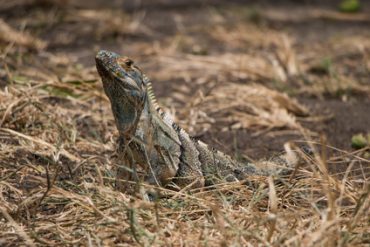

We’ve all heard that we are surrounded by “invasive species” before. But, what exactly does “invasive species” actually mean? Basically it means a plant, animal or fungus that has spread to an area by human activity. The implication is that this activity is harmful because the life form is introduced into an environment artificially and the environment has not had time to acclimate to it.
Human breakthroughs in travel are what have made the invasive species so common. It has been going on for thousands of years actually. When the man first traveled from one body of land to another via ship, he carried with him species of living organisms that would be introduced to an area for the first time.
Flash forward to today where you can have a cargo plane take off in Asia and land in North America in the same day and you can see how easy it is for an invasive species to be introduced. However, in the last several decades humans have battled very hard to inspect for and repel invasive species. Most of the work that customs officials do focuses on prevention of the introduction of the invasive species.
Here is a short list of some invasive species to Central Florida:
Caribbean Ants – They don’t bite or sting but they infest areas in very large numbers.
Armadillo – This shelled creature is native to the western side of the country and was first spotted on the east coast in the 1920’s
Lovebugs – We all know this bug when we see it. It springs forth twice per year and annoys drivers by coating their windshields with their guts. This bug is native to Mexico.
Iguanas – The animal was brought to Florida by pet stores and pet suppliers. The state now has employees round them up and euthanize them. They are very harmful to the Floridian ecosystem. They originate from Central America and Mexico.
